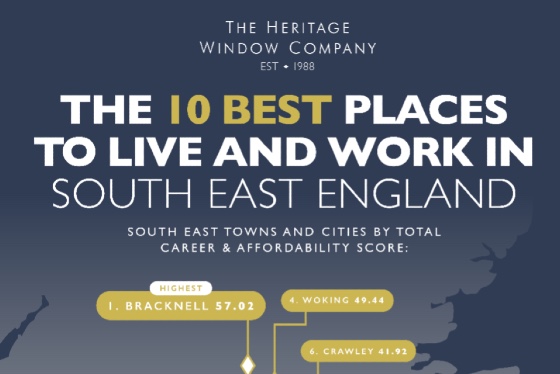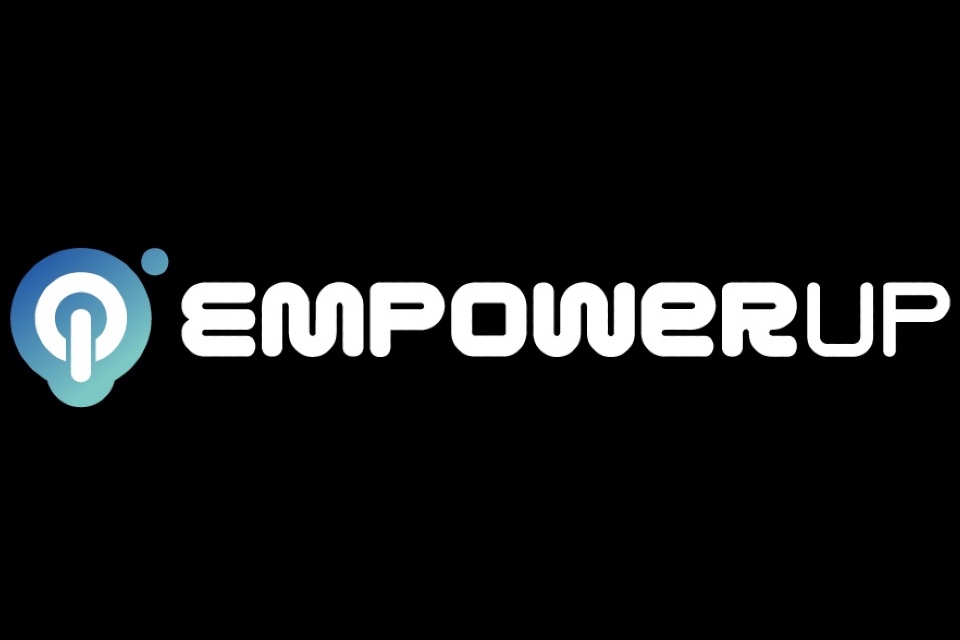By Skeeled
Hiring diverse teams and building an inclusive workforce, where everyone feels valued is a growing priority for businesses.
Research from Instant Offices has highlighted a global spike in searches for ‘diversity and inclusion manager’ over the last 10 years, with interest in the term growing by 122% since 2010. Glassdoor also predicts a wave of hiring for leaders and managers that can drive more diversity and inclusion in their workplace. But improving D&I needs to start with the hiring process to ensure it completely fair and bias free.
Many companies want to strengthen their diversity and a key driver for this is the increased creativity and innovation and diversity of thought and experience that a diverse team could deliver, which can provide a competitive edge.
However, one common stumbling block for companies is that unconscious bias can creep into the recruitment process, which can also see candidates sadly rejected because of their age, background, or surname on their CV.
Some companies are addressing this issue by embracing blind recruitment, where all the candidate details are removed from a CV. Others have provided their managers and recruiters with training in unconscious bias so they are more aware of the decisions they are making, but bias can still be present.
One solution to reduce unconscious bias is to use predictive hiring solutions based on AI technology as a key part of the recruitment process. This is useful particularly in the early stages of the recruitment process as this technology can automate the sifting and selection of candidates and can be a real game changer for companies seeking to improve D&I.
Our talent acquisition software skeeled uses a pre-screening tool, powered by machine learning and Natural Language Programme (NLP) which accurately sifts and selects only suitable candidates based on the details of their CV. It ranks and evaluates them against an employer’s job specification, selecting only candidates that meet and match the requirements.
The system produces an automated binary decision: that either rejects applicants clearly not a fit or puts them forward for further analysis. Candidates can also undertake pre-employment tests that assess their personality, motivation and cognitive ability, which gives employers more information and an in-depth holistic view of each applicant and confidence the very best talent has been selected.
Obviously having the human touch in the hiring process is still needed, as companies need to ensure people are the right fit for a role. The system supports companies by enabling them to invite candidates to undertake a short video interview which can be reviewed later and shared with colleagues to ensure a collective and fair hiring decision is made.
Relying on AI technology alone will not ensure a diverse and inclusive workforce, it needs to be part of a wider D&I strategic focus, which includes training for mangers, ensuring more diverse candidates are proactively targeted and that it is a key objective for the board – however, predictive AI technology can ensure that bias is removed from the early stages of the process and support companies to make better and fairer hiring decisions.






